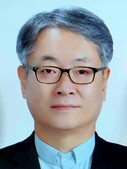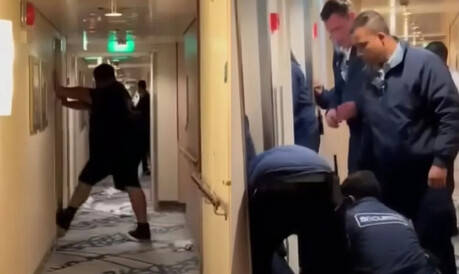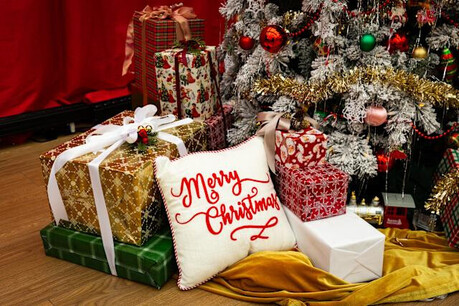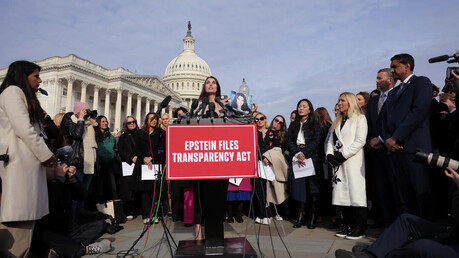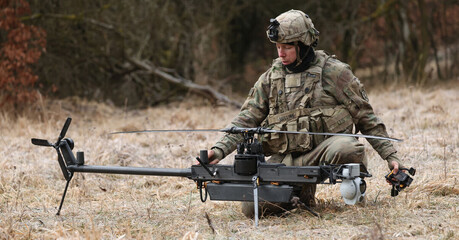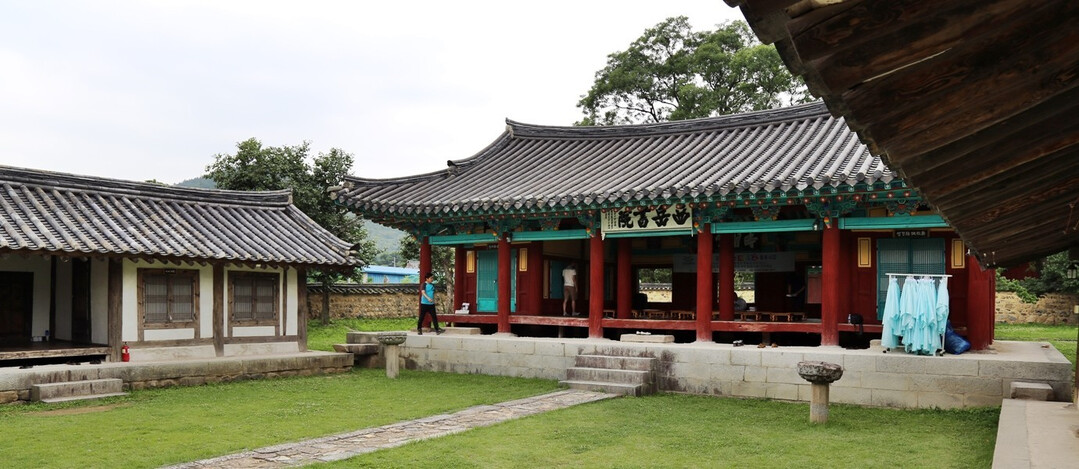
Gyeongju, the ancient capital of the Silla Kingdom, is a city steeped in history, its every corner whispering tales of a glorious past. Amidst the myriad of relics and historical sites, one monument stands out not just for its beauty but for its unique place in Korea's historical narrative: Seoak Seowon. This Confucian academy, a bastion of learning and reverence, defies the conventional model, serving as a rare bridge between the illustrious Silla dynasty and the scholarly traditions of the Joseon era. Its survival of Heungseon Daewongun’s sweeping seowon abolition order in the 19th century marks it as a site of profound significance, a historical gem that has successfully navigated the tides of change.
Established in 1563 by Gyeongju magistrate Yi Jeong, Seoak Seowon initially followed the common practice of its time. However, its purpose and focus shifted dramatically, making it a unique institution. Unlike its counterparts, which venerated Joseon-era Confucian scholars, Seoak Seowon was dedicated to honoring three of Silla's most revered figures: the military genius Kim Yu-sin, the scholar and writer Choe Chi-won, and the intellectual Seol Chong. This deliberate choice to enshrine Silla’s luminaries in a Joseon-era institution underscores a deep-seated respect for the past and a recognition of the continuity of Korean intellectual and martial heritage. The academy was a testament to the idea that true greatness transcends dynastic boundaries.
The seowon's physical structure, a meticulous blend of functionality and traditional aesthetics, tells a story of its own. It adheres to the classical "jeonhak-humyo" layout, a design principle that places the lecture hall in the front and the shrine in the back, symbolizing the priority of education over ancestor worship. Upon entering, visitors are greeted by Yeonggwiru, a majestic pavilion that serves as both a gateway and a place for contemplation. This structure sets a tone of tranquility and scholarly pursuit. Beyond the pavilion lies the Siseupdang, the heart of the academy, where students once gathered for lectures and discussions. Flanked by student dormitories—Jeolchaeheon to the east and Joseolheon to the west—the Siseupdang forms a courtyard that was once a vibrant center of intellectual life. At the rear of the complex, in the most sacred space, is the myou, the shrine where the spirit tablets of the three Silla heroes are enshrined, serving as a constant reminder of the ideals the academy seeks to uphold.
The history of Seoak Seowon is a story of resilience and rebirth. It was tragically destroyed during the devastating Imjin War in the late 16th century but was meticulously rebuilt during the reign of King Gwanghae-gun. Its restoration was not merely an act of reconstruction but a reaffirmation of its mission. The academy's importance was further cemented when it was granted royal recognition as a sa-aek seowon and named 'Seoak' in the first year of King Injo's reign. This royal endorsement provided it with the political and social gravitas necessary to endure, a factor that likely contributed to its survival during the tumultuous period of Heungseon Daewongun's seowon abolition policy.
Today, Seoak Seowon is more than a static museum piece. It has become a dynamic center for cultural immersion, a living testament to Gyeongju's rich heritage. The academy's commitment to cultural preservation is evident in the diverse range of programs it offers. Visitors can experience a hanok stay, spending a night in a traditional Korean house and gaining a tangible sense of the past. They can participate in tea ceremonies, learning the art of preparing and serving tea with grace and intention. Traditional clothing trials allow for a hands-on experience with hanbok, connecting participants to the aesthetic traditions of the past. The pinnacle of its cultural offerings, however, is the traditional music concerts held within its hallowed grounds. These performances, set against the backdrop of the ancient buildings, create a powerful and moving sensory experience, where the sounds of traditional instruments echo through the same spaces where scholars once debated and studied.
Seoak Seowon embodies the spirit of Gyeongju—a city that honors its past while actively engaging with the present. It stands as a beacon of cultural continuity, a place where the legacies of Silla's heroes and Joseon's scholars converge. Its vibrant cultural programs ensure that its history is not confined to textbooks but is instead a living, breathing part of the community. Through its preservation and revitalization, Seoak Seowon invites people from all walks of life to step back in time, to learn, to experience, and to connect with the deep, enduring soul of Korea.
[Copyright (c) Global Economic Times. All Rights Reserved.]















